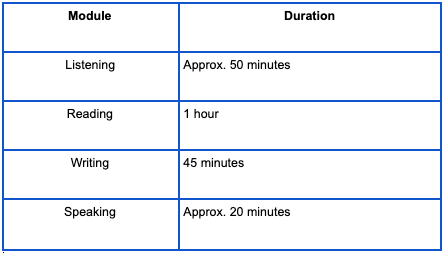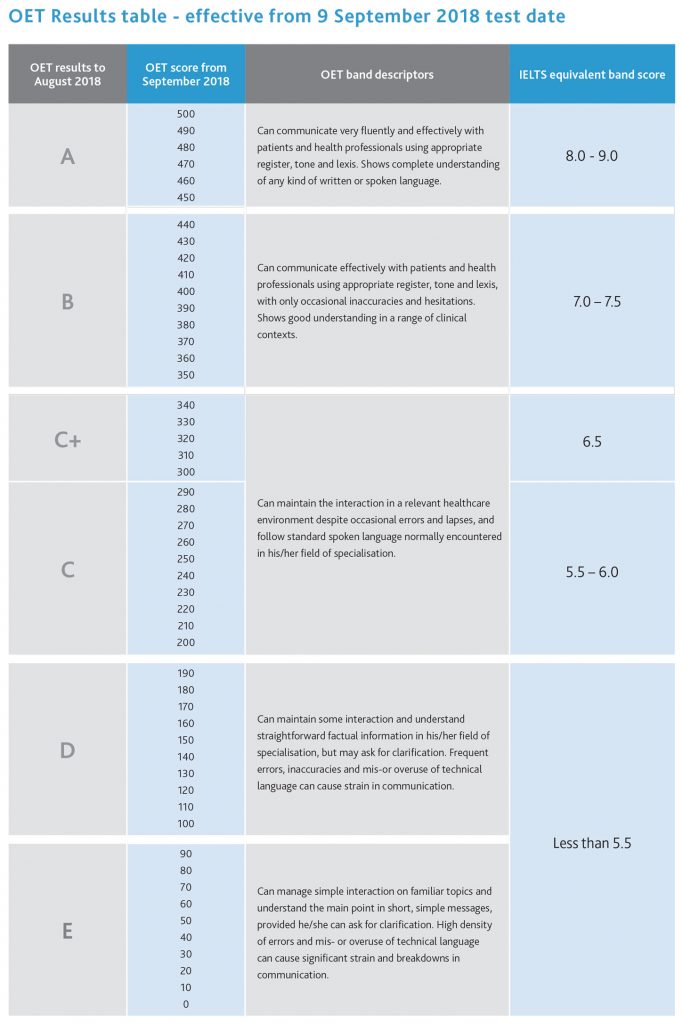Meeting the needs of the healthcare sector
OET is a reputable international English language test for the healthcare sector. Set up in the late 1980s, under the agreement of the Australian Federal Government, OET continues to remain relevant through continuous research and verification.
Majority owned by Cambridge English Language Assessment
From 2013, the responsibility of the Occupational English Test has been taken by the Cambridge Box Hill Language Assessment, which is a venture between the Cambridge English Language Assessment and the Box Hill Institute. Where, Cambridge English Language Assessment is a non-profit department of the University of Cambridge, which has more than 100 years of experience in assessing the English language.
Assessment Structure
OET consists of all four language skills, that are required for communication in the health service environment. So you need to clear all these fore sub-tests to achieve your desired score in OET.
About Listening:
There are two parts of listening sub-test, and these two sections contain the approximate sum of 20-28 question items related to generic healthcare interest topics, that will be accessible to candidates across all professions. There is a 15 minute recorded speech for each section, which also includes some pauses, during which you can write your answer. You will hear each recording once and write your answer only while listening.
About Reading:
Just like Listening sub-test the reading section is also divided into two parts with the duration of 60 minutes for complete sub-test. This section includes the questions related to the topics of generic healthcare interest that are accessible to candidates across all professions.
About Writing:
The Writing sub-test is a profession-specific which provides a period of 45-minutes to complete. A task is set for each professional based on the demands of a specific workplace and profession, – the nurse will do the task related to nursing, dentist related to a dentistry, and other professionals related to their own professions.
About Speaking:
The Speaking sub-test takes around 20 minutes and it is delivered individually to each student. You can prepare well this part of OET by using the study materials specifically for your profession. In each role-play, you take your professional role (like a nurse), while the person in front of you is in front of you is playing the role of a patient/client or sometimes a patient’s relative/carer. For veterinary scientists, the interlocutor may be the owner or carer of an animal.

